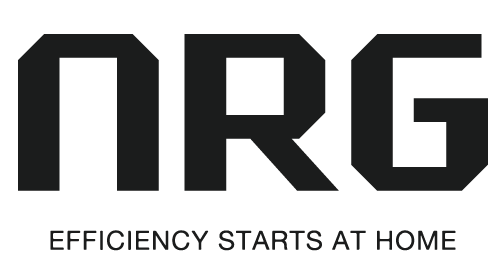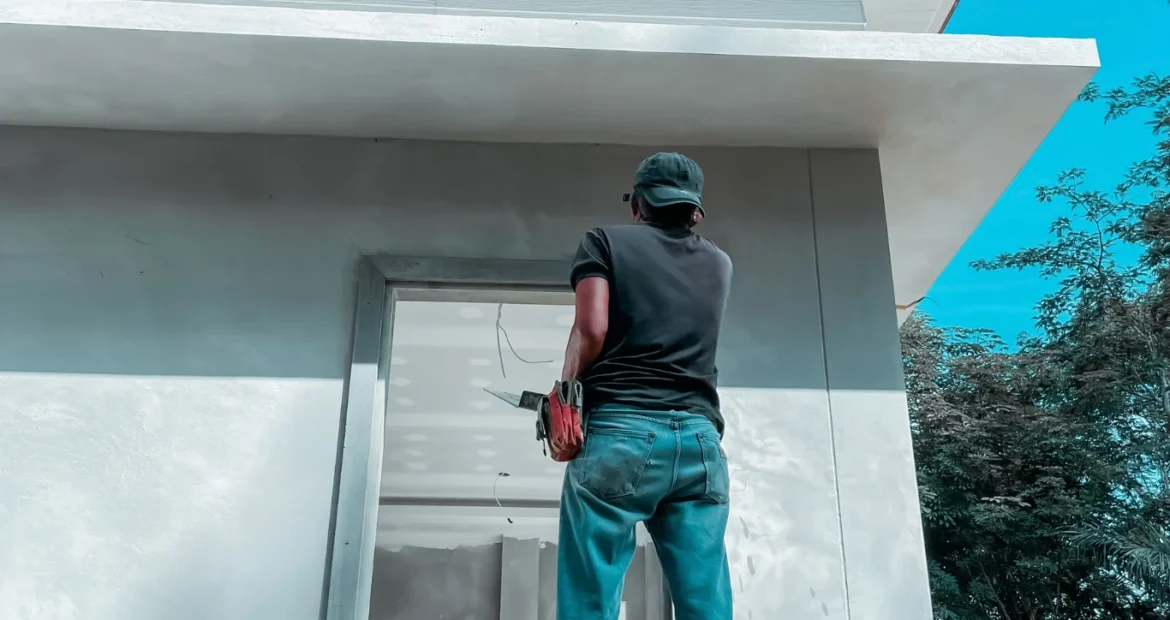Painting your home’s exterior is an investment in its beauty and protection. Knowing the common mistakes to avoid when applying exterior paint ensures a smooth process and long-lasting results that maintain your home’s appeal.
Skipping Preparation Steps
One of the most common mistakes to avoid when applying exterior paint is skipping proper preparation. Many homeowners rush into painting without cleaning surfaces, removing old peeling paint, or repairing damage. Dirt, mildew, and debris prevent paint from adhering properly, leading to peeling and uneven finishes.
Another overlooked preparation step is failing to prime bare wood or patched areas. Primer creates a solid base for paint to adhere to, improving durability and ensuring uniform color. Without priming, the final coat may absorb unevenly, resulting in blotchy patches and reduced longevity.
Poor Application Techniques
Using the wrong tools is another common mistake to avoid when applying exterior paint. Brushes, rollers, and sprayers designed for interior use may not handle thicker exterior paint effectively, causing streaks or poor coverage. Investing in quality exterior-rated tools ensures smooth and consistent application.
Painting in unsuitable weather conditions is also problematic. Applying exterior paint when it’s too hot, cold, or humid affects drying times and adhesion. Ideal temperatures for painting are typically between 50°F and 85°F with low humidity. Always check the weather forecast before starting your project to avoid rain or temperature changes that could ruin your work.
Applying paint too thin or too thick is another frequent issue. Thin coats won’t provide adequate coverage or protection, while overly thick coats may drip, sag, or peel prematurely. Follow the manufacturer’s recommendations for the best results, and apply two even coats for durability.
Ignoring drying times between coats is also a mistake to avoid when applying exterior paint. Rushing the process can lead to peeling and uneven finishes. Allow sufficient time for the first coat to dry completely before adding the second to achieve a strong and lasting bond.
Failing to protect surrounding areas can create additional work. Always cover windows, fixtures, walkways, and landscaping to prevent accidental paint splatters or damage during your project. Taking the time to tape edges and protect areas ensures a clean and professional finish.
By learning the common mistakes to avoid when applying exterior paint, you can complete your project efficiently with professional results. Proper preparation, quality tools, correct techniques, and patience will ensure your home remains beautiful and protected for many years.
Read More:













